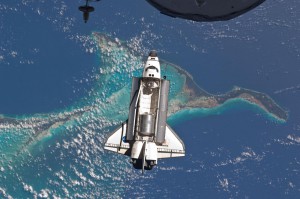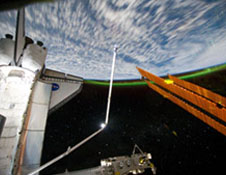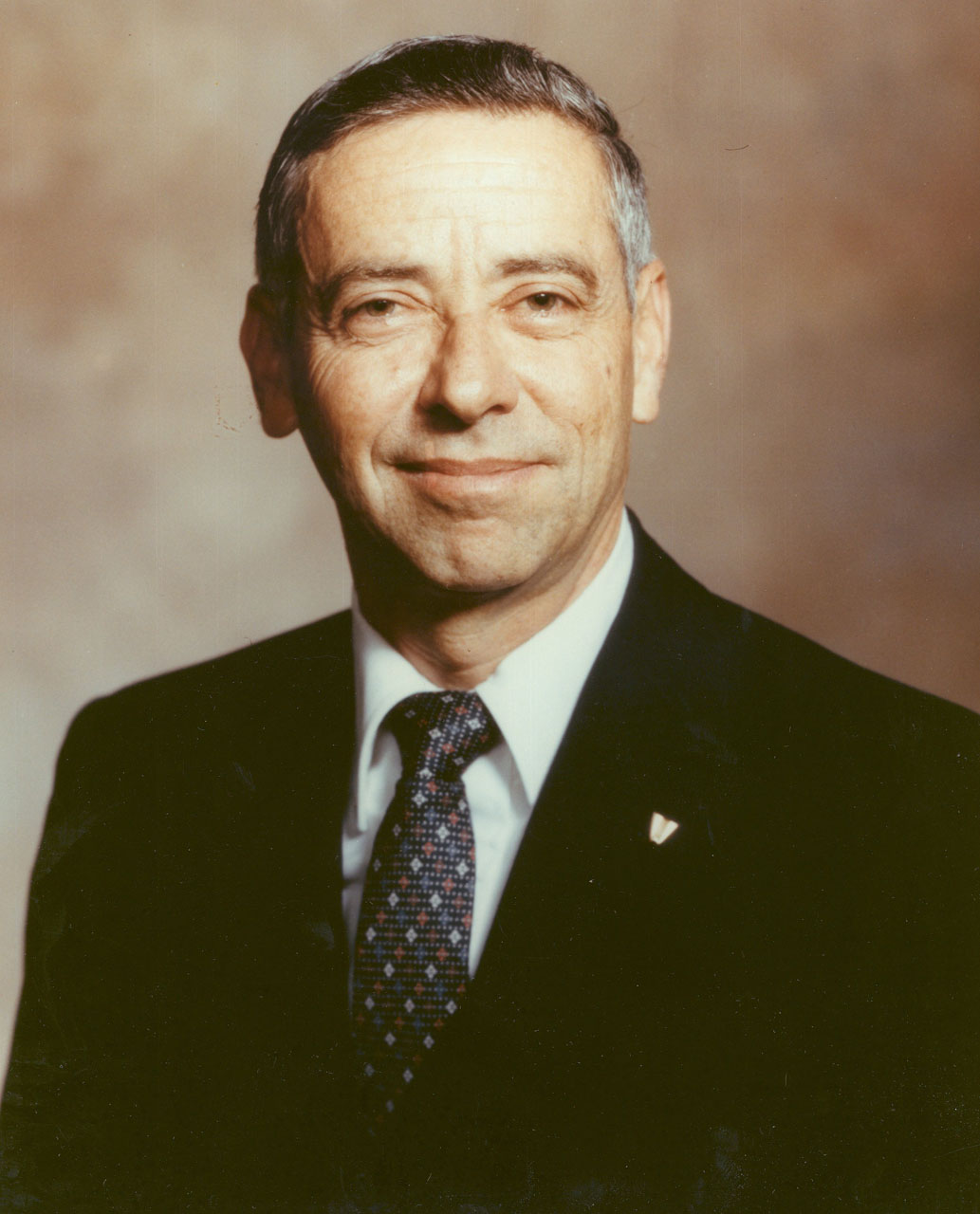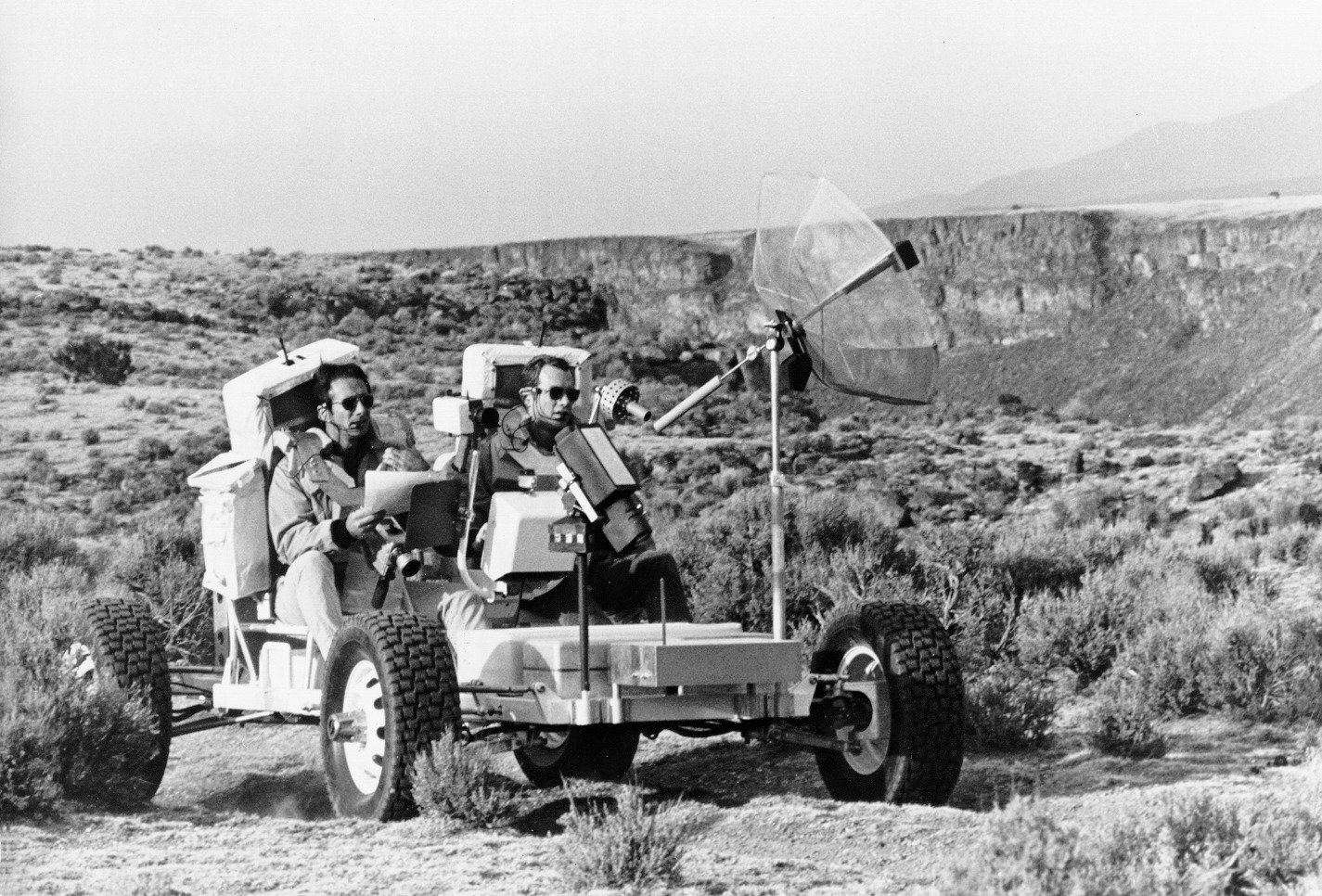
Space shuttle Atlantis is seen over the Bahamas prior to a perfect docking with the International Space Station at 10:07 a.m. (CDT). Part of a Russian Progress spacecraft which is docked to the station is in the foreground. Credit: NASA
July 20, 2011 Vol. 4, Issue 5
As we adjust to life after the space shuttle, we face new learning challenges for new missions.

Space shuttle Atlantis is seen over the Bahamas prior to a perfect docking with the International Space Station at 10:07 a.m. (CDT). Part of a Russian Progress spacecraft which is docked to the station is in the foreground.
Credit: NASA
We have known this day was coming for a long time.
The retirement of the space shuttle is a momentous change for NASA, and it’s also a deeply personal issue. For most of us at NASA today, the shuttle is inseparable from our conception of human spaceflight. As I wrote in ASK 37,
the shuttle has shaped the agency’s mission, organization, and self-image for thirty years. The emotion surrounding the launch of STS-135 is something I will carry with me forever. It was a triumph tinged with sadness about what we are leaving behind.
At the same time, it is incredibly energizing to realize that even as we find it hard to fathom human spaceflight after the shuttle, the future will bring possibilities that we can’t yet imagine. After Apollo-Soyuz marked the end of the Apollo program in 1975, nobody knew what the shuttle held in store for us. The signature accomplishments that we now celebrate – the Hubble servicing missions, the construction of the space station – were far off in the distance. There were setbacks and painful losses along the way as well. And yet we persevered, learned, and grew, both as an agency and as a space-faring nation.
The good news is that the American public still expresses strong support for space exploration. A recent poll by Pew Research Center found that nearly six in ten Americans (58%) say it’s essential for the United States to continue being a world leader in space exploration. At the same time, polls by Pew and others show that the top public concerns today are about the economy and jobs. It’s critical that we understand this reality.

This panoramic view was photographed from the International Space Station toward Earth, looking past space shuttle Atlantis’ docked cargo bay and part of the station, including a solar array panel. The photo was taken as the joint complex passed over the southern hemisphere. Aurora Australis or the Southern Lights can be seen on Earth’s horizon and a number of stars also are visible.
Credit: NASA
The next generation of human spaceflight transportation systems will come online in a world that’s very different than the one that shaped the context for the shuttle in 1981. First, we’re living in a time of highly constrained government resources, and we should not anticipate that this will change anytime soon. Cost will be a paramount concern for all new systems.
A related issue is the way we work with the private sector. New models for procuring commercial space services are sure to change the way NASA does business. Contract management, acquisition strategy, and effective insight and oversight will only grow in importance.
Third, there has been a globalization of space exploration. At the time of STS-1, only a handful of nations had ever sent an astronaut into space. The space shuttle helped to change that. International cooperation is now central to our approach to human spaceflight. Between the International Space Station and our reliance on the Soyuz for the next few years, we have entered a wholly collaborative paradigm.
Finally, NASA faces a “gray-green” divide in its workforce. The average workforce age is 47, but the distribution is not even. There are lots of veterans with decades of experience, and there’s a new generation of young professionals, but there are relatively few mid-career professionals in between to bridge the gap.
The Academy is working to address all these trends through its professional development activities. Our efforts to promote learning together with international partners and to meet the needs of young professionals across the agency are particularly important right now. Our future in human spaceflight will depend on smart networks that span government, industry, academia, and international partners. As with the shuttle, the success of our next generation of space transportation systems will depend first and foremost on people.









